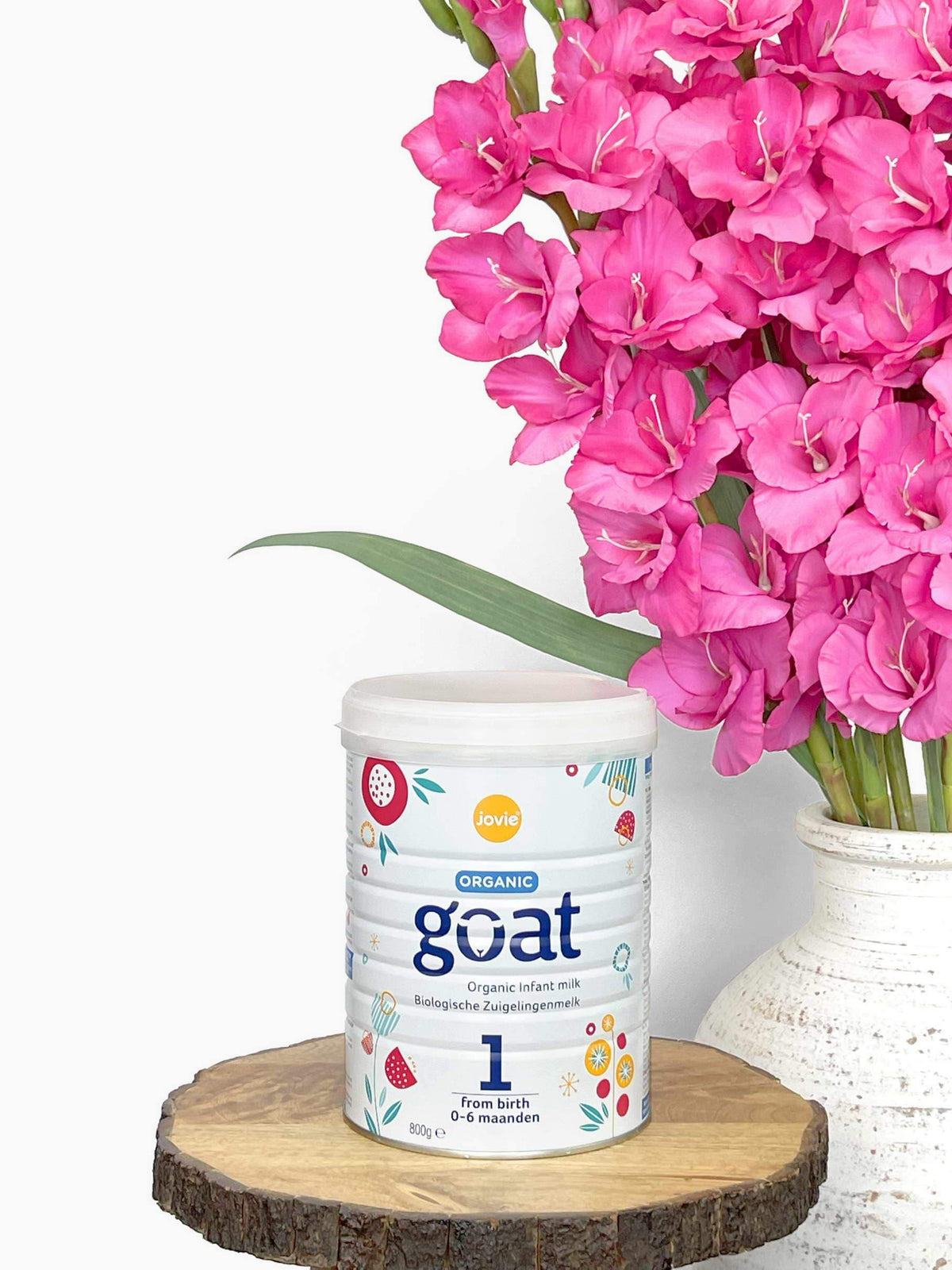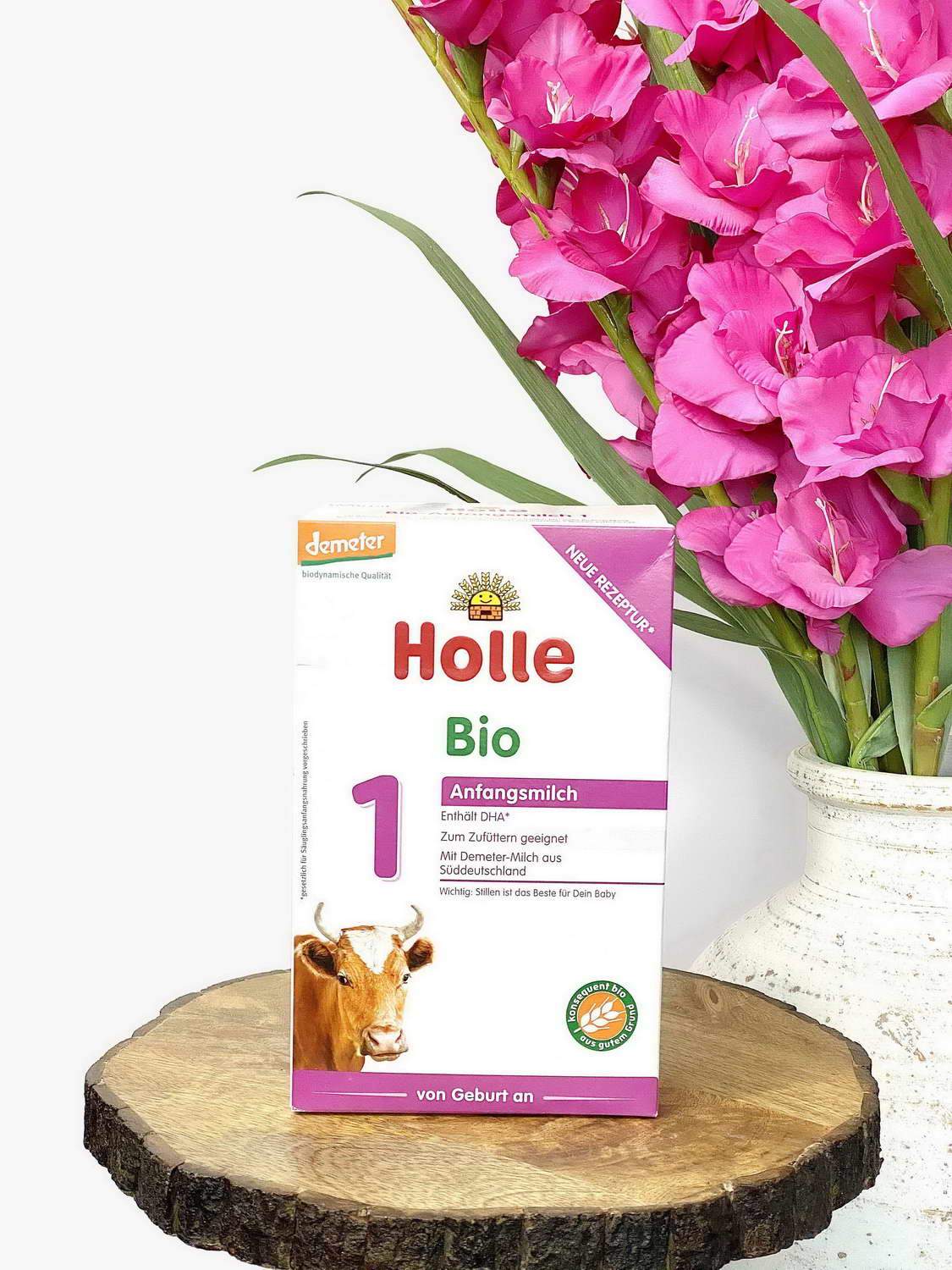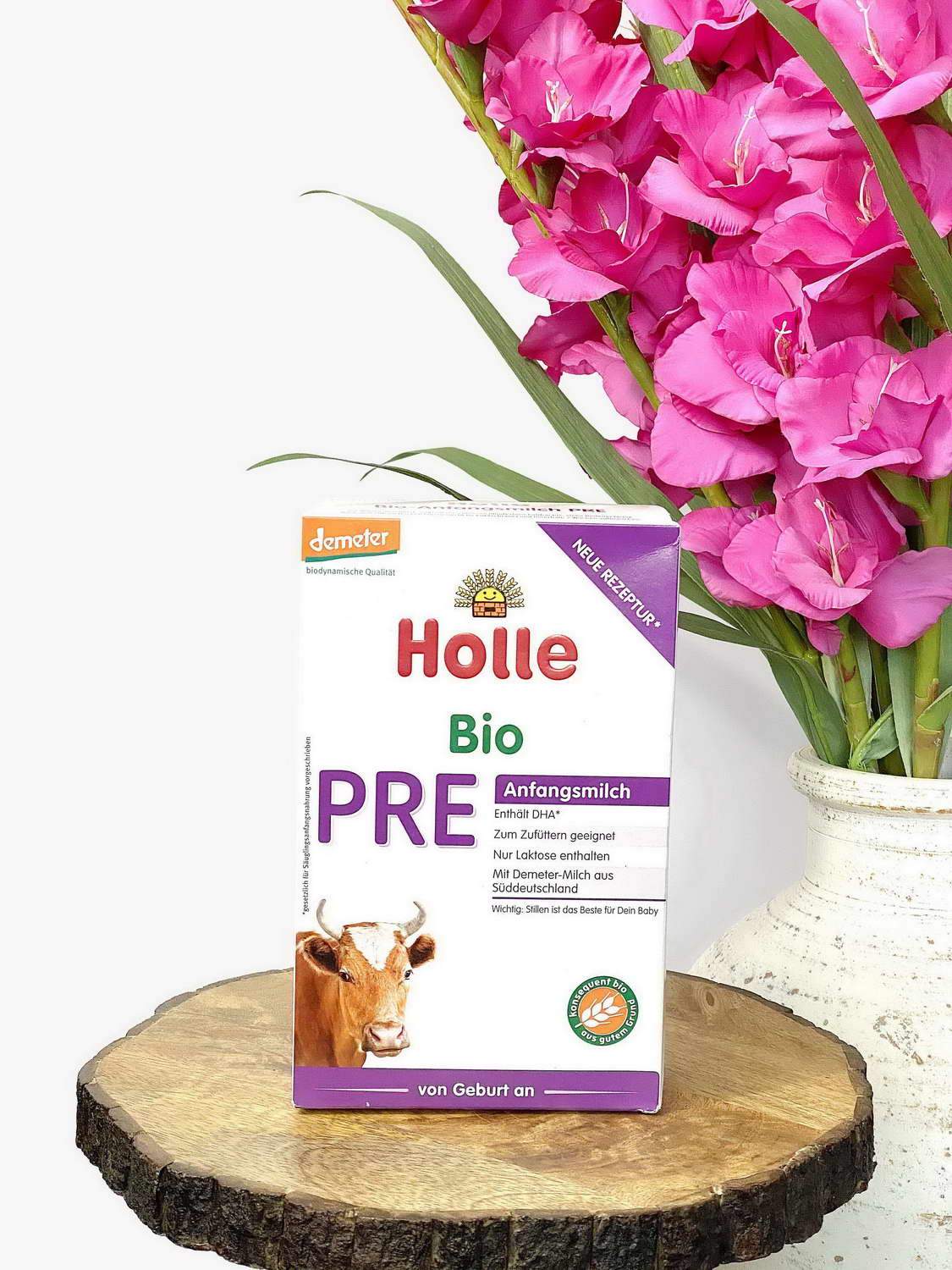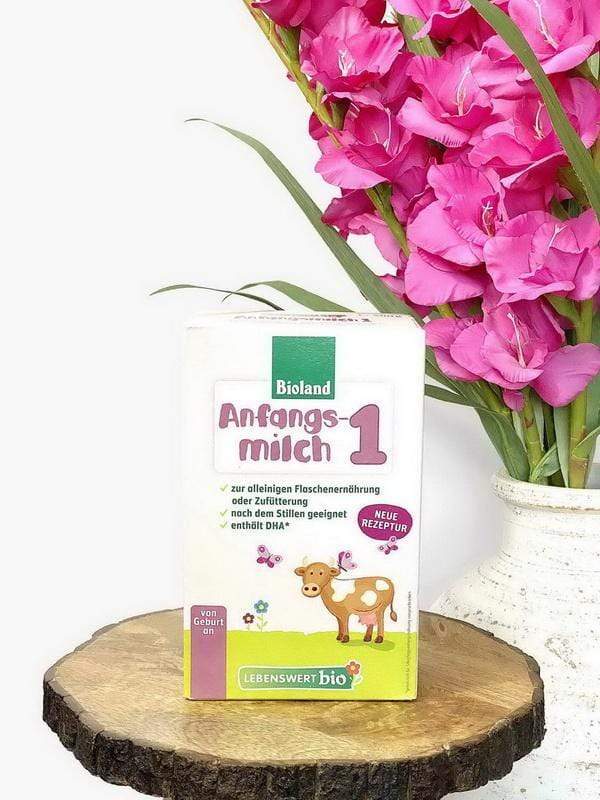The first few days of your baby’s life can teach you a lot. One of the things you will learn about is meconium, which describes the first stool your baby passes. So, what is meconium?
Your baby swallows amniotic fluid when in the womb and then the intestines produce a greenish-black material called meconium. It is when the meconium process occurs in the womb that health issues arise.
What Is Meconium?
Normally, a baby should poop right after birth. A baby’s first stool is a sign of a healthy gastrointestinal function.
There are certain factors that doctors notice about meconium when you go into labor to signify there is an issue with the meconium process. When meconium is in the womb, it can cause Meconium Aspiration Syndrome.
A failure to pass meconium can cause bowel perforation after birth.
What Is Meconium Staining?
Meconium is thick and dark-colored because it contains the fats, proteins, and secretions from the amniotic fluids. In some pregnancies, babies pass the meconium in the womb and cause meconium staining.
During the labor process when the water breaks, the coloring of the amniotic fluids can tell a doctor a lot. If the fluids contain meconium staining, it’s an indicator the baby is inhaling it.
What Is Meconium Aspiration Syndrome?
A hospital’s neonatal team will look for signs of meconium aspiration syndrome; if they find signs, the baby’s health might become critical. Whether a baby takes in meconium before or after birth, it can lead to blocked airways, surfactant suppression, or lung damage.
While the likelihood of long-term health issues is low, newborns have a high mortality rate with meconium-stained amniotic fluid (MSAF). MSAF leads to severe respiratory distress.
Often, there are other complications such as pulmonary hypertension or air leakage. While endotracheal suctioning used to be the go-to treatment standard, infants with MSAF now receive treatments like nitric oxide, surfactant, and ventilation. Some MASF babies will require neonatal intensive care unit (NICU) care to receive oxygen or use a ventilator.
The symptoms of meconium aspiration syndrome include a greenish amniotic fluid, meconium stains on the baby, wheezing or labored breathing, a slow heartbeat, or a limp body. Doctors often use x-rays and other testing to negate possible causes.
Treatment may last from a few days to a few weeks. It will depend on the amount of meconium inhaled as well as how a baby responds to treatment.
Meconium Aspiration Death Rate
As many as 9% of infants swallow meconium in utero and have MSAF. Babies who swallow meconium are also susceptible to air leaks (20%) and often require longer hospitalization and treatment.
The Meconium Aspiration death rate is as high as 12%. Although these statistics are alarming, it’s important to keep in mind that the majority of babies do not require any medical intervention or care.
Meconium Pseudocyst Definition
Some babies experience a bowel perforation called meconium peritonitis that releases meconium from the intestine. When there are complications with meconium peritonitis, it is called a meconium pseudocyst.
The mortality rate for meconium pseudocyst with an intrauterine bowel perforation is as high as 80% in some countries, although in the U.S. it is often treated effectively with enterostomy.
Diapering Newborns
Many of our parents who love organic formula are also interested in cloth diapering. Word of warning to cloth diapering moms, cloth diaper poop stains are terrible with meconium poop.
If you plan on using cloth diapers, avoid them for the first week, or at least until all the meconium poop has passed. If you absolutely do not want to use disposable diapers, we suggest using a disposable cloth diaper liners for the first week.
For parents that already have stains on their cloth diapers, here are some cloth diaper stain removal tips:
- Hang in the sun – nature’s way of bleaching without chemicals
- Soak in water
- Use lemon juice – squirt a small amount directly on the stain, or dilute using ¼ cup lemon juice with 1 cup water
- Make homemade stain removal – Dawn dish soap, hydrogen peroxide, and baking soda work magic! Combine two parts peroxide, with one part Dawn and one part baking soda. (We know the Dawn is not natural, so we completely understand if you want to avoid it. If you have a natural dish soap, you might want to try it – we just know that Dawn has extra effective working power!)
No matter which method you use to remove stains from cloth diapers, ensure you thoroughly wash the diaper afterwards with safe laundry detergent. You don’t want any residue to be present, as this could irritate a baby’s behind.
Also, if the appearance of stains don’t bother you, note that they are purely superficial. Newborn poop stain removal is not necessary for effectiveness of cloth diapers.
Using cloth diaper detergent is also recommended, but there are many different types of detergents you can use. Some detergents leave remnants behind and may impede the cloth diaper’s efficiency. Just keep this in mind!
Conclusion
We discussed what is meconium, as well as possible complications from meconium staining. Furthermore, the newborn diapering topic and use of cloth diapers were covered in this article.
Hopefully we have answered some of your basic questions about meconium and given you the information you needed!
A final note - for babies that are sensitive, and may have had complications at birth, My Organic Company’s Hypoallergenic or sensitive formulas may be just what you need. If your baby requires a specialized diet, HiPP HA or HiPP Special Comfort are ideal options, as well as Holle Goat.
To learn which EU companies or formulas are right for you, please contact us at https://myorganiccompany.store/pages/contact-us or send us a direct message on Facebook, Twitter, or Instagram. We’ll be glad to find out your needs and offer the best formula solutions.














